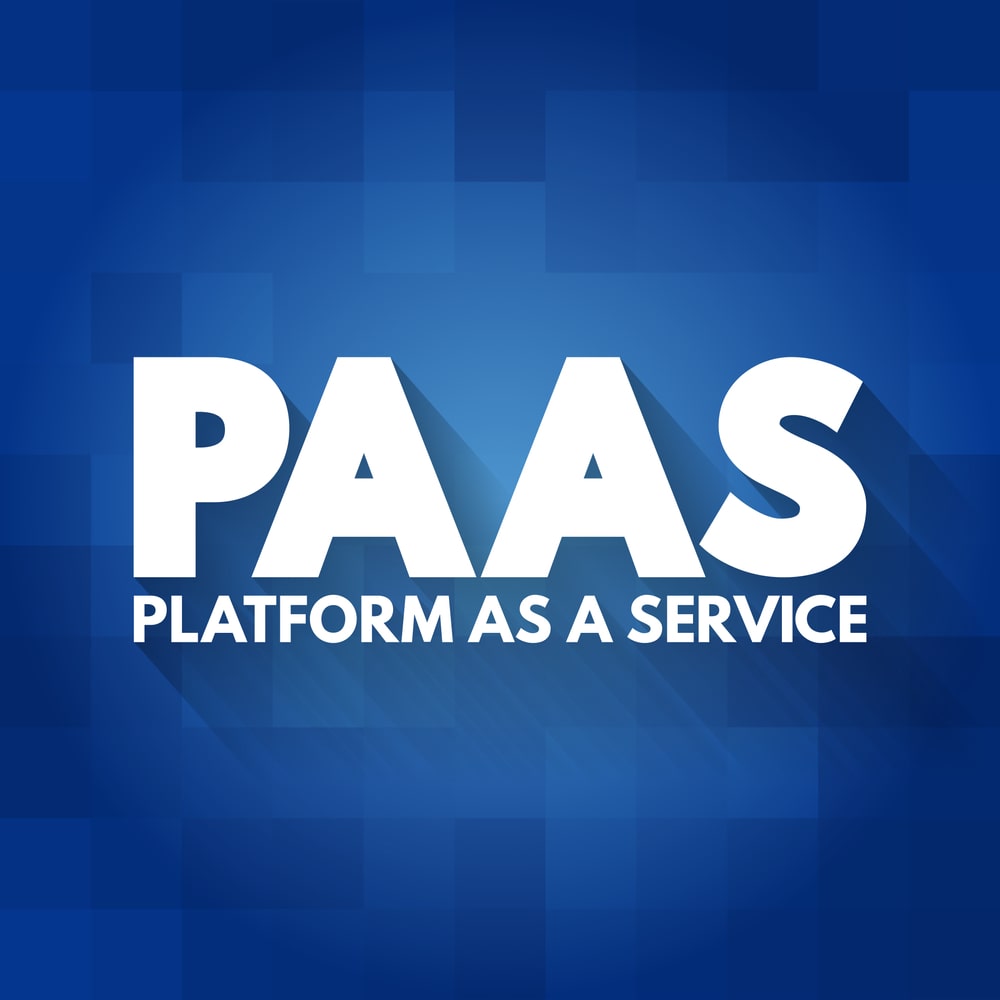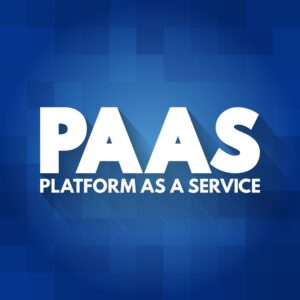Blogs
Recent Blog Posts
-
 9 Organizational Change Management Strategies for Business Leaders
9 Organizational Change Management Strategies for Business Leaders -
 AI Training for Employees: A Strategy for Business Growth
AI Training for Employees: A Strategy for Business Growth -
 AI-Powered Cost Reduction Strategies for Business Growth
AI-Powered Cost Reduction Strategies for Business Growth -
 What is Organizational Inertia & How to Overcome It
What is Organizational Inertia & How to Overcome It -
 What is Platform as a Service (PaaS)? What Businesses Need to Know
What is Platform as a Service (PaaS)? What Businesses Need to Know -
 Building an AI Roadmap for Your Business: Your Step-by-Step Guide
Building an AI Roadmap for Your Business: Your Step-by-Step Guide -
 Customer Lifecycle Stages: Understanding the Importance of Each Phase
Customer Lifecycle Stages: Understanding the Importance of Each Phase
Get in Touch







